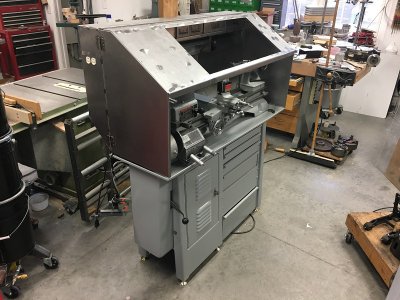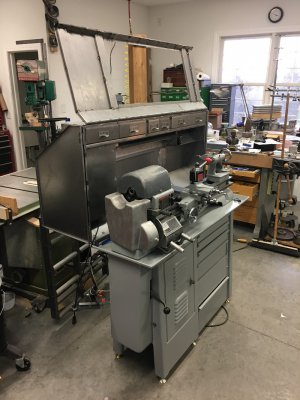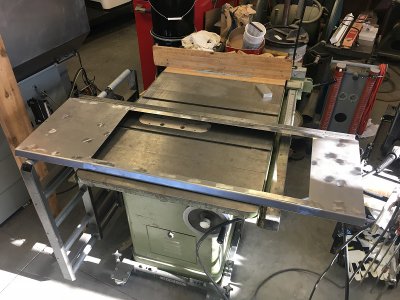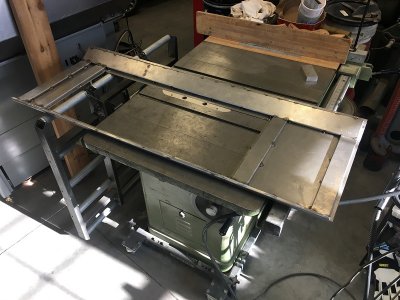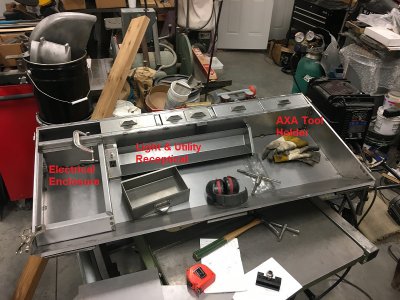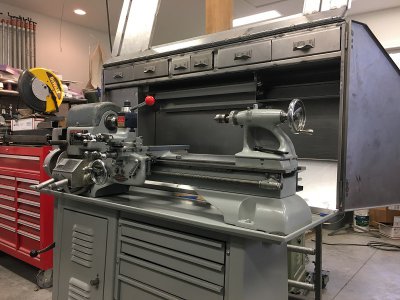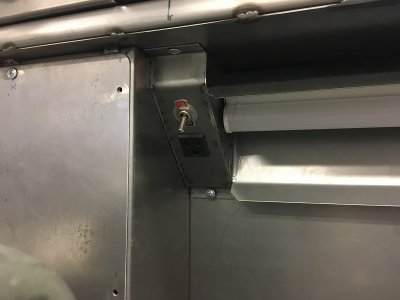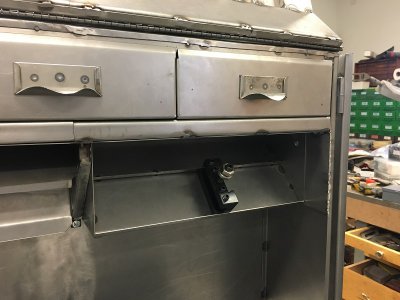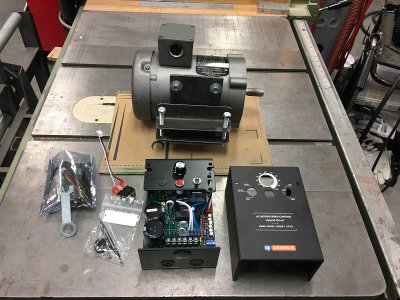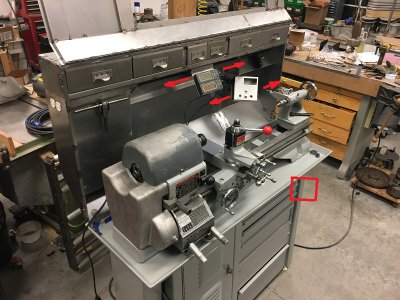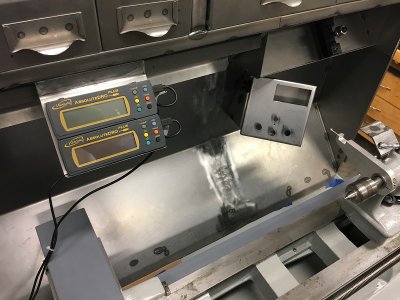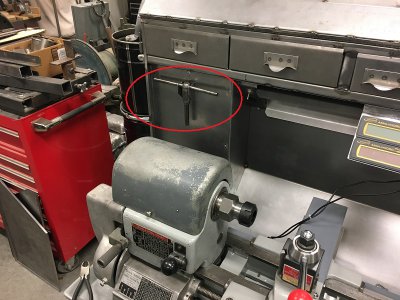I am still amazed by your lost foam work! How think are the walls of that casting anyway? It came out really well. Robert
I still can't believe lost foam actually works Robert....LoL. The wall thickness on the gear cover is 1/4".
Best,
Kelly
I am still amazed by your lost foam work! How think are the walls of that casting anyway? It came out really well. Robert
Thanks Jeff. I'm having a ball with it.Beautiful work sir!
No doubt, but I can hear his voice saying it's a lathe, don't need to be so pretty....LoL. I know some of the Atlas/Craftsman purist may cringe at the mods, but it's for me, and I guarantee neither would hesitate to modify any machine to suit their tastes. I can remember one day my Grandfather needed a lower speed on his big Monarc and had been cussing it. By the end of the afternoon, there was a 3-speed Jeep transmission bolted in between the electric motor and countershaft.....!I imagine yor Grandfather would be very pleased if he knew what good hands his lathe is in. GREAT work!
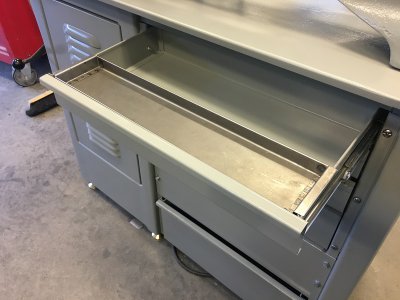
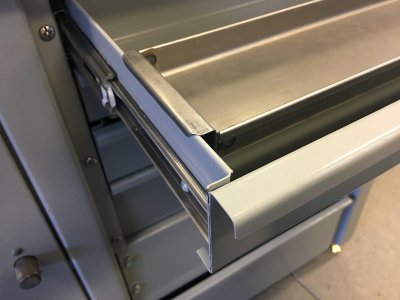
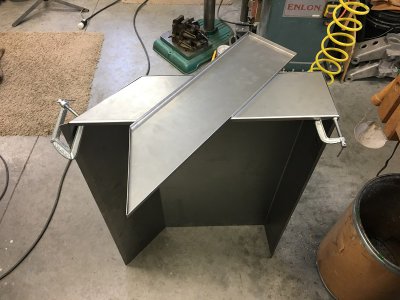
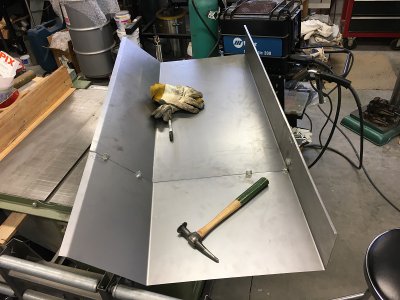
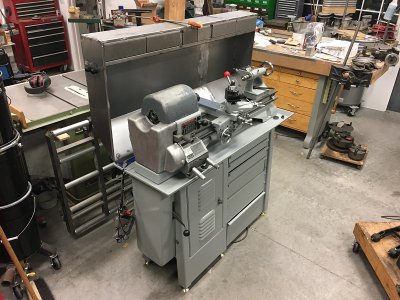
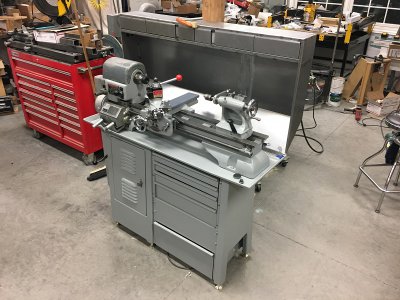
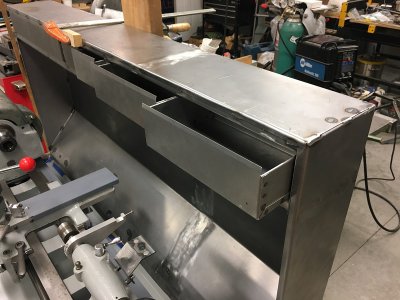
You're too kind, but thank you.Kelly, You do amazing work
The backsplash is 18ga and the drawers are 22ga. I keep 18ga, 20ga, and 22ga steel on hand. I don't stock thicker than 18ga because that is the full width capacity of my equipment. I don't have much use for thinner that 22ga, but most drawers in inexpensive tool chests would be that or likely less, however they usually have some other formed features to add stiffness. I think 22ga is fine for small drawers like this. I also will use 20ga if I have the scrap/drop available, and on occasion 18ga, but only if I'm going to put a lot of weight in that drawer. Attaching the drawers to the cabinet via full extension slides stiffens the drawer considerably.Can you share some of the spot weld details? (machine, ideal materials, overlap, gauge, etc.)
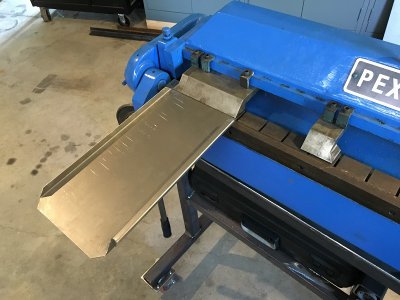
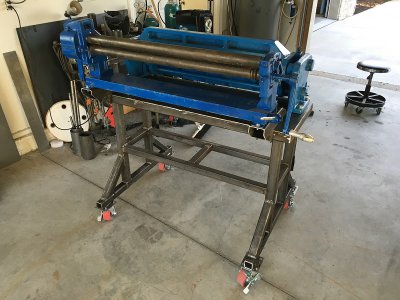
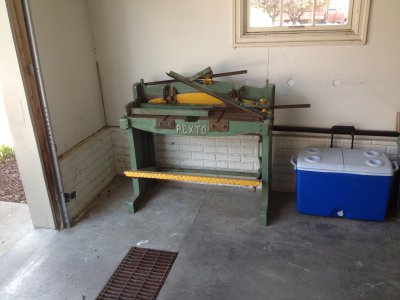
I would love to be able to produce drawers like that!
